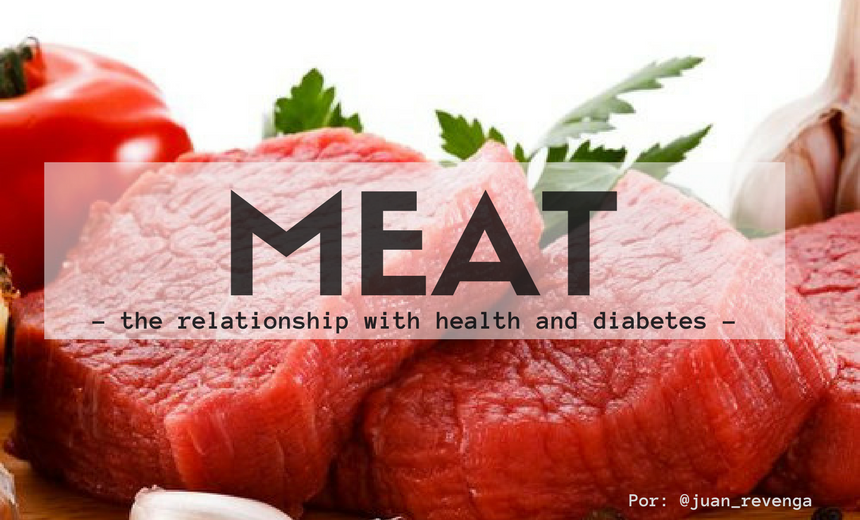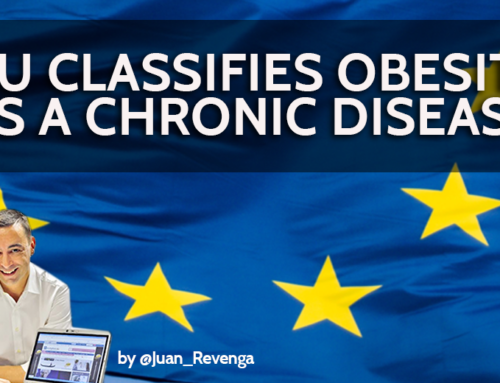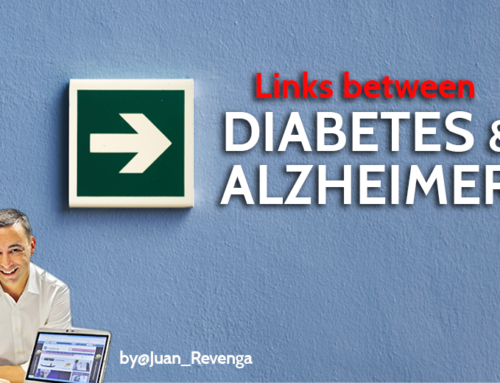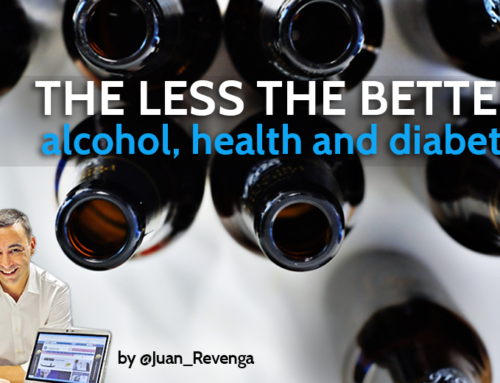Meat consumption and its relationship with health and type 2 diabetes
Between carnivores and vegans there is a gray scale perfectly valid to meat consumption. Keep your eyes wide open.
The most recent dietary recommendations are quite negative for meat lovers. It is highly recommended to limit its consumption, overall for red meat and especially harsh with derivates of meat, or processed meat, and the majority council is to avoid them absolutely. Neither much nor little: nothing. Are these recommendations based on sufficient strong evidences? Is meat consumption related to worsening health prognosis? In this article we try to shed a pinpoint light on the subject and, regarding science, with a pinch of pragmatism, we try to make a useful reading to scape away from sensationalism and alarmist headlines.
Making the point clear: meat (and others)
We all agree that meat is: flesh of animals used for food. But, it comes to trouble when diet recommendations establish three types of meat: red, white and processed meat.
It is processed meat what becomes more accurate out of these three types. FAO provides a table with meat products grouped according to the processing technology applied. And pretty much similar is the WHO definition of processed meat (refers to meat that has been transformed through salting, curing, fermentation, smoking or other processes to enhance flavor or improve conservation, and the American Institute for Cancer Research gives rather the same definition.
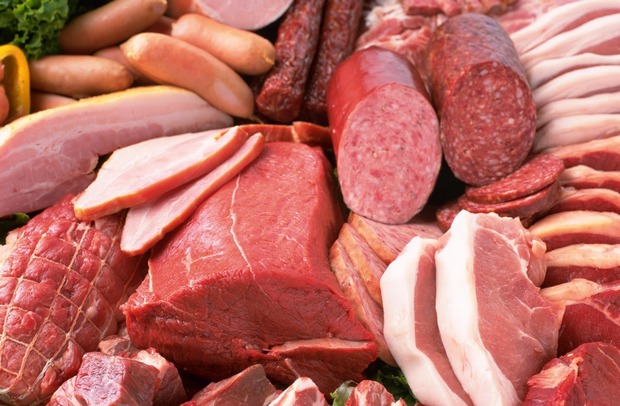
Back to red meat WHO says that red meat refers to all mammalian muscle meat, including beef, veal, pork, lamb, mutton and goat. Agreeing with this definition are also international organizations such as USDA (Department of Agriculture USA), the EFSA (European Food Safety Authority of the International Cancer Research Center. So, in summary red meats are the ones from mammalians and whites come out from no mammalians.
“Colored” meat, meat derivates and health
Much has been written in the scientific field about the impact of several types of meat and its derivates on health, mainly on the impact in mortality, the risk of diabetes, cardiovascular disease and cancer. The overall conclusion of these studies is like the opening of this article: 
A recent paper entitled “A summary of meat intakes and health burdens” makes a general picture of the issue. The review summarizes published meta-analysis outcomes on the associations between meat intakes and burden of diseases. However, there is not enough information to say whether higher or lower disease risks are related to eating any red meat or processed meat.
Beyond meat type, cooking is important
Independently from the product origin, the relationship between meat and health has been considered related to cooking. The same product affects differently depending on how it´s cooked. About cancer risk there is little doubt. For instance, it doesn’t matter what type of meat, barbequing or grill are related to an increase to a bigger cancer risk.
The relationship between how meat is cooked, and diabetes is not as known/studied as the cancer one. There are publications, such as ‘Cooking Methods for Red Meats and Risk of Type 2 Diabetes: A Prospective Study of U.S. Women conclude that independent of the total red meat consumption, high-temperature and/or open-flame cooking methods for red meats, especially broiling and barbequing, may further increase diabetes risk among regular meat eaters.
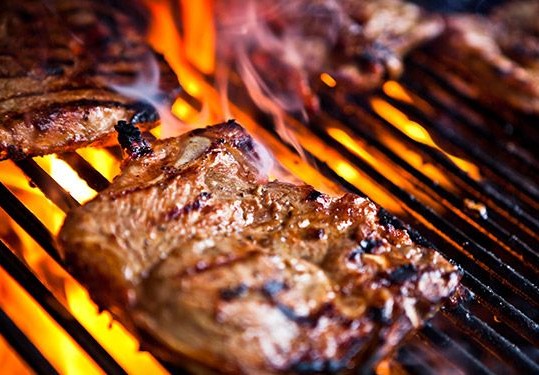
In summary
- Be careful whit the excess media alarmism
- It is recommended to limit the consumption of meat and avoid processed meat
- Things like that should be put on context. To a better understanding of concepts like “limit” nothing better that concepts such as the one of the Gezondleven and the tool “healthy diet triangle”, when it is said that there is no need to avoid meat, cheese and other animals from the menu. But it is necessary to consider that its presence and the amounts shouldn´t be frequent.
- In relation to cancer, obesity and diabetes cooking plays a key role.
- We should give a leading role to products plant-base food, such as vegetables, fruits and legumes and a secondary role to animal based foods.
- I think that the “bad” that could make meats on population health lies more in the absence of “good” elements in the diet, rather than in it innate evil.
Latest posts by Juan Revenga Frauca (see all)
- Obesity recognized as a chronic disease - 13 October, 2021
- Who said you have to eat everything? - 7 October, 2021
- Diabetes and Alzheimer - 29 January, 2021



